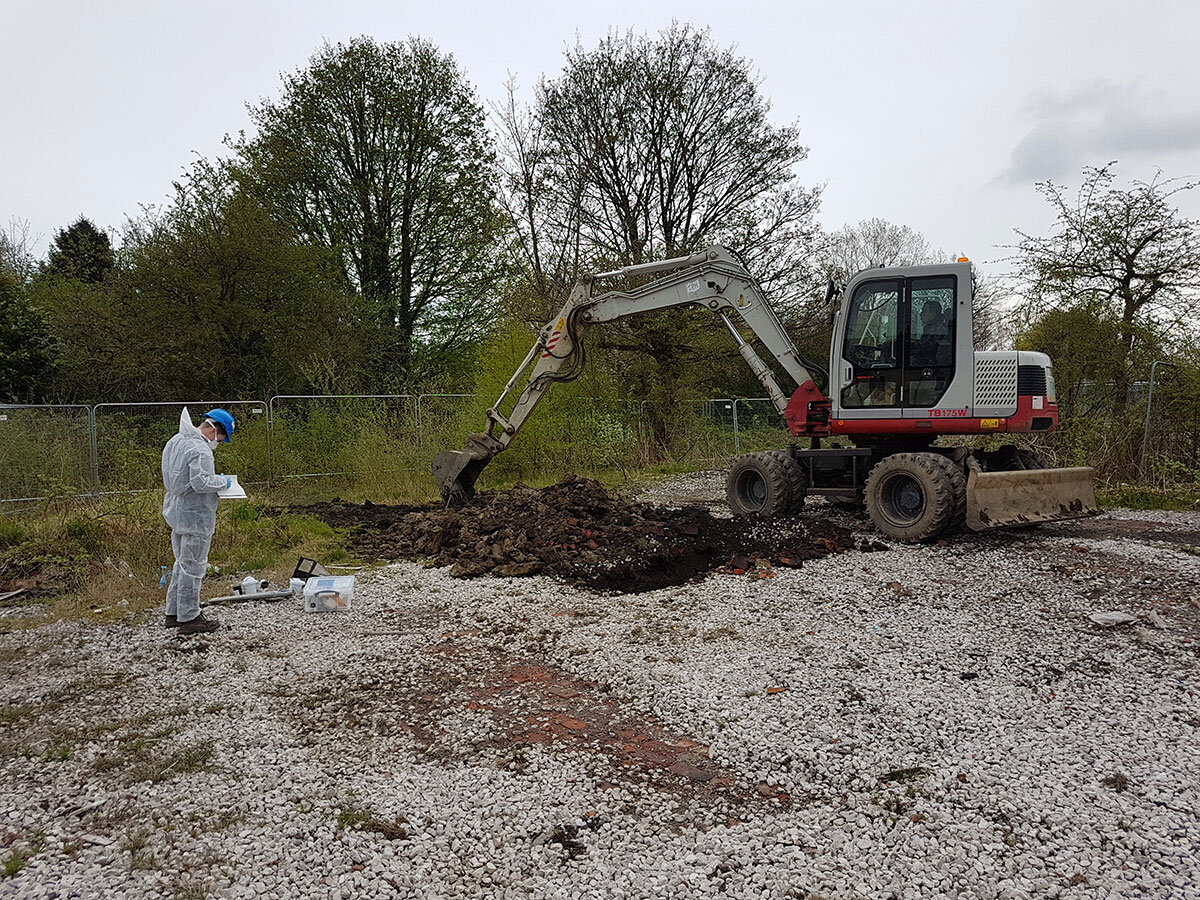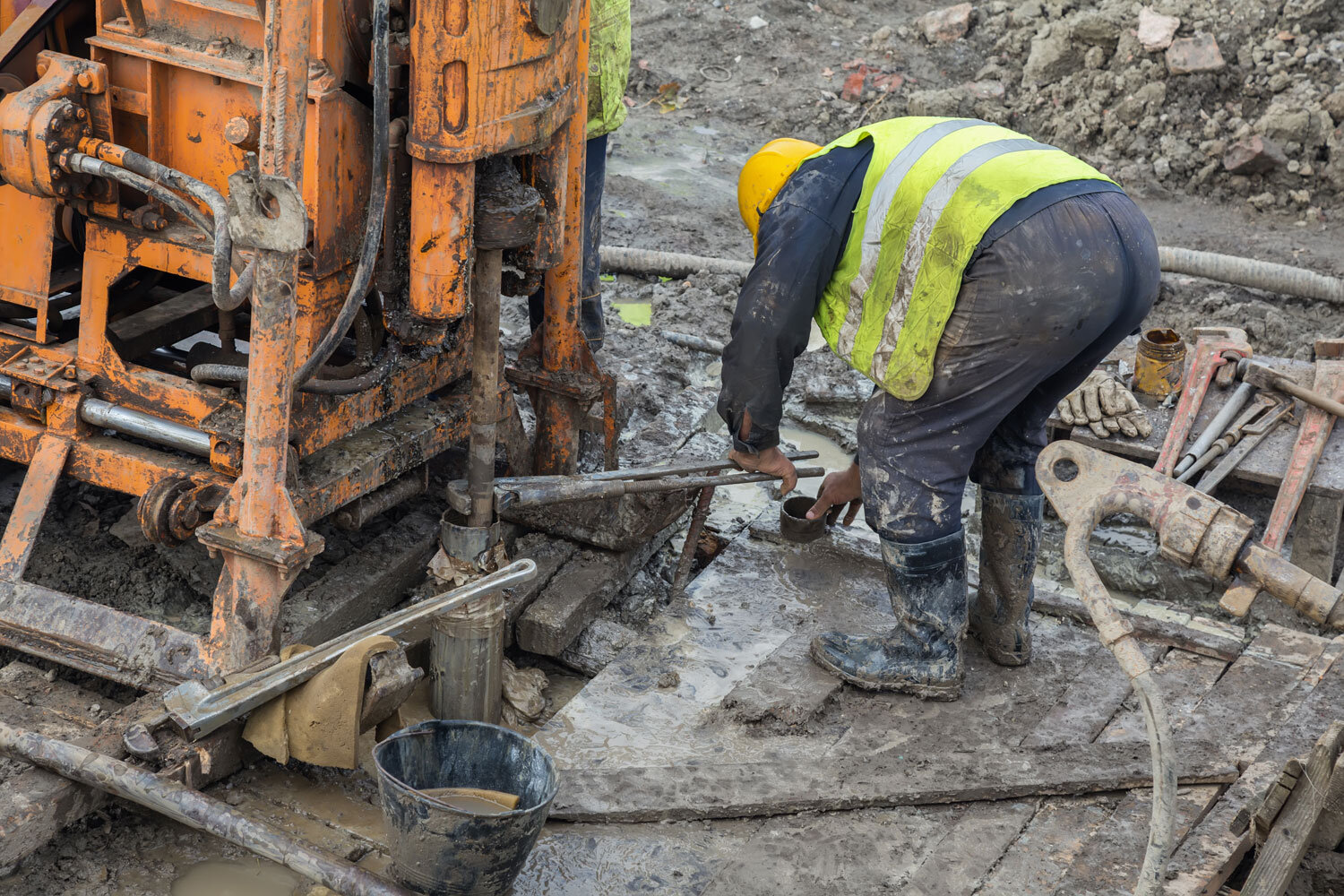Development of Brownfield Sites
What are Brownfield Sites?
In the UK a brownfield site is defined as “previously developed land” that has the potential for being redeveloped. It is often (but not always) land that has been used for industrial and commercial purposes and is now derelict and possibly contaminated.
Most of the land that was once used for industry in this country laid redundant for many years. But where demand for residential and commercial property is high, and available green spaces are low, brownfield sites have become an increasingly popular development opportunity. Brownfield land is seen as a great development option and everyone is keen to see brownfield sites brought back to life.
In 2015 the Government set It’s Objective for 2020:
To have planning permission in place on 90% of brownfield land suitable for housing. As we near 2020 has this target been met?
As brownfield land is usually located in urban spots it is ideal for housing, so planners look very favourably on brownfield redevelopment proposals. In England, the National Planning Policy Framework (NPPF) stated: “Planning policies and decisions should encourage the effective use of land by re-using land that has been previously developed (brownfield land), provided that it is not of high environmental value. Local planning authorities may continue to consider the case for setting a locally appropriate target for the use of brownfield land.” In the revised NPPF (2019) the reuse of previously developed, or brownfield, land, now features much more prominently and substantial weight is now being given to the value of reusing brownfield sites.
It should also be noted that brownfield sites are considered great for redevelopment of not only housing and commercial buildings, but also as open spaces for recreation, conservation, woodland and other community areas.
Brownfield Land registers
To further support meeting the target to develop previously developed – brownfield land, Local Authorities have a Brownfield Land Register. The purpose of the register is to provide up-to-date and consistent information on sites that are considered by Local Authorities to be appropriate for residential development.
Registers are in two parts, Part 1 comprises all brownfield sites appropriate for residential development and Part 2 those sites granted permission in principle.
How are the sites assessed?
All sites included on the brownfield register have been assessed as meeting the National Planning Policy Framework’s (NPPF) definition of previously developed land (brownfield land.) The amount of development identified for each site is a guide only, unless planning permission has been granted, but has been informed by our site assessment process and the landowner/developer’s view on the number of houses that can be developed.
To be considered suitable for housing, sites must meet the definition of brownfield land and be:
- capable of supporting five or more dwellings or more than 0.25 hectares
- in a suitable location for housing (informed by national and local planning policies) and free from major constraints
- available for residential development
- achievable (i.e. the development is likely to take place within 15 years of the entry date)
https://www.gov.uk/guidance/brownfield-land-registers
Planning to develop a Brownfield Site?
The development potential of Brownfield sites is huge, but what needs to be considered by potential developers?
There are four main categories of Brownfield Land
- Vacant
- Derelict
- Contaminated
- Partially occupied or utilised.
Previously developed Brownfield sites typically require preparatory regenerative work before any new development goes ahead. Depending on whether there is contamination present, the preparation of previously developed brownfield land can be considered problematic and expensive.
Problems include:
- Threats to human health
- Damage to flora and fauna
- Contamination of Ground Water
- Damage to foundations and structures
- Settlement
- Subsidence
- Migration of contaminants to adjacent land
Depending on the previous usage of land different types and levels of contamination can be found
All brownfield sites need to be assessed by an experienced environmental consultant before they can be redeveloped. This involves an analysis of the soil, groundwater and surface water through testing for hazardous compounds, and ensures that appropriate measures are taken to reduce identified risks and liabilities. Any development plans must be made compliant with current regulations.
Earth Environmental and Geotechnical have extensive knowledge of brownfield site development offering a full range of services to help with your development.
Phased Approach
Phase 1: Desk Based Assessment
2: Ground Investigation
Phase 2b: Quantitative Risk Assessment
Phase 2c : Remediation Options Appraisal
Phase 3:Remedial Design Implementation Verification
Development of Brownfield Sites
If you want to learn more about Development of Brownfield sites we have fantastic opportunity to join our experts on 8th November 2019. The seminar will cover key issues of Brownfield Site Development including
- Management and Eradication of Japanese Knotweed – The Myths Demystified
- Contaminated Land and Unlawfully Deposited Waste – The View of an Environmental Lawyer
- The Reuse of Soils on Brownfield Sites – The CL: AIRE Waste Code Practice
- Coal Mining Risk Assessments: Why are they Needed with Case Histories
The event starts at 9.30am until 12.00pm
Pendulum Hotel
Sackville Street
Manchester
M1 3BB
For booking please send an email to headoffice@earthenvironmental.co.uk
£50 + VAT per person
Brownfield site development has huge potential to meet our future housing needs, let Earth Environmental support you with your assessments and development strategy.
Reasons why we should use Brownfield Land
Why develop previously developed (brownfield) land?
- The potential for new homes is fantastic!
Every local council has a register of available brownfield land in their local area. Latest analysis by CPRE shows that councils have already identified enough brownfield land for at least 1 million new homes. – a massive contribution to the homes we need for the future. And the council data shows two-thirds of these sites are ready to build on – so 600,000 of these homes could be delivered in the next five years.
- Recycling is good!
Recycling and repurposing land is as important as recycling our household waste. England has a finite amount of land, and it’s important we use it well. Brownfield is also a renewable resource – as our towns and cities change, so does our use of land – meaning new opportunities are identified all the time. Over the last year 14% of the million potential new houses were added in the past year!
- They’re usually quicker to build
Brownfield sites are developed, on average, six months quicker than greenfield sites, once they have planning permission. The reasons for this are complex, but when we need to deliver new homes, quickly, the potential should not be overlooked.
- It can help transform our cities and towns
Building on brownfield land presents a fantastic opportunity to simultaneously remove local eyesores and breathe new life into areas crying out for regeneration. Homes built on brownfield land are often located near to existing infrastructure, transport and services, which is where most people want to live.
(CPRE)





